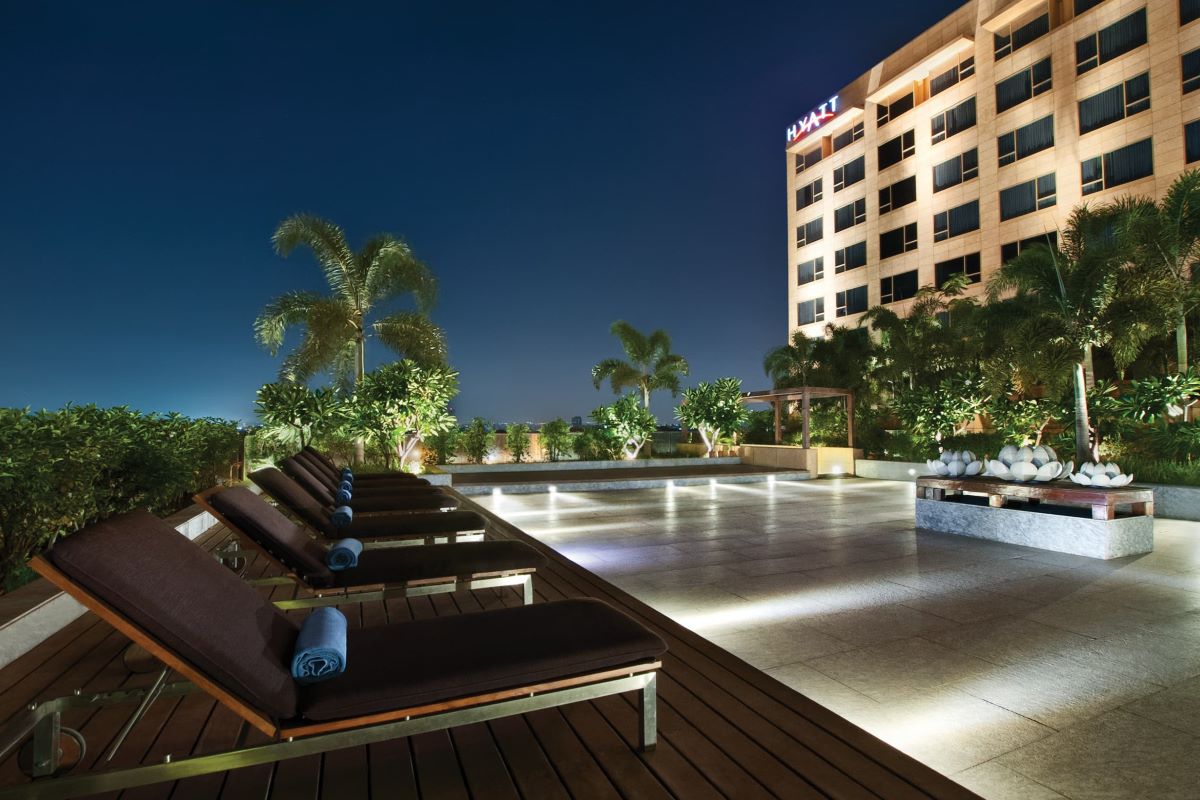U.S. Visa Wait Times Are Getting Better
Skift Take

Skift Daily Briefing Podcast
Listen to the day’s top travel stories in under four minutes every weekday.Good morning from Skift. It’s Monday, February 13. Here’s what you need to know about the business of travel today.
Listen Now
🎧 Subscribe
Apple Podcasts | Spotify | Overcast | Google Podcasts
Episode Notes
U.S. travel CEOs in recent weeks have been increasingly critical of U.S. efforts to ease widespread delays to obtain travel visa that they say is hurting the industry’s recovery. The U.S. State Department official in charge of fixing the problem tells Skift’s Global Tourism Reporter Dawit Habtemariam that the progress is being made and patience is required in an exclusive interview.
The global median wait time for visitor visa was reduced from 17 weeks in June last year to five weeks now. However, aspiring travelers from some U.S. inbound markets are still waiting for hundreds of days for an interview to get their first visa. Deputy Assistant Secretary of State for Visa Services Julie Stufft says that the embassies are currently recovering from the unprecedented work stoppage in oversea posts caused by the pandemic to address pent-up demand.
Wait times in Mexico and Brazil have stabilized. Stufft adds that India is in a separate category with a record-breaking number of visa-seekers for not only visitors, but immigrants, students and workers. More visas have been issued in these countries than before the pandemic. More U.S. State Department’s efforts are expected to come in place to address long wait times.
Next, Uber and Lyft are focusing on loyalty programs and business partnerships for driving forward. Despite record revenues in the fourth quarter, the ride hailing companies are turning their attention to subscriptions to lock in customers, writes Matthew Parsons, corporate travel editor.
Uber’s cross-platform membership programs with Capital One now offer cardholders up to 24 months of free memberships. Program members are likely to spend four times more than non-members do on a monthly basis. Lyft also partnered with Chase to provide select card members with a free two year subscription to their loyalty program. The company also added Alaska Airlines to expand its travel loyalty integration.
Both companies’ operations are particularly exposed to the west coast, and have been impacted by recent tech layoffs. Uber and Lyft are honing in on platform programs as corporate travel remains precarious, writes Parsons.
Finally, a potential merger between JetBlue and Spirit Airlines will add new Hawaii flights, a popular route to one of the United States’ biggest tourist destinations. The combination of the two would result in the country’s fifth largest airline, reports Edward Russell, editor of Airline Weekly, a Skift brand.
The airlines propose more flexibility, resources, and an expanded route network in favor of their merger. The carriers’ combined gates at the notoriously gate-tight Los Angeles International Airport would allow for better facility utilization, writes Russell. Other synergies from the transaction include expanding the Fort Lauderdale base as a connecting hub to the Caribbean and Latin America. Spirit CEO expects an initial decision on regulatory approval from the Justice Department in the next 30 days or so.
Russell reports that JetBlue and Spirit face separate staffing and aircraft availability constraints on their respective 2023 growth. If approved, the airlines target closing their merger by the first half of 2024.





